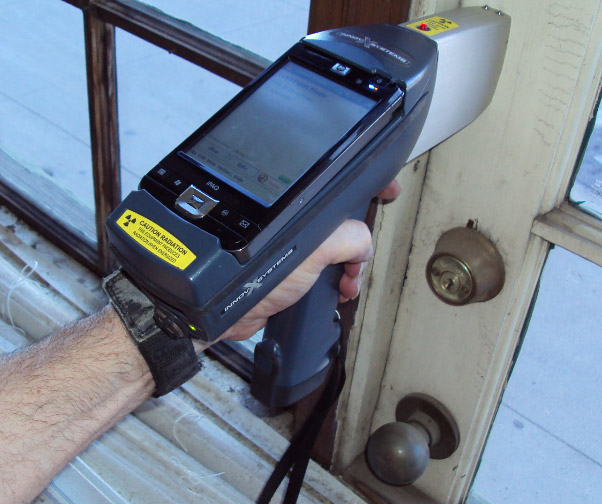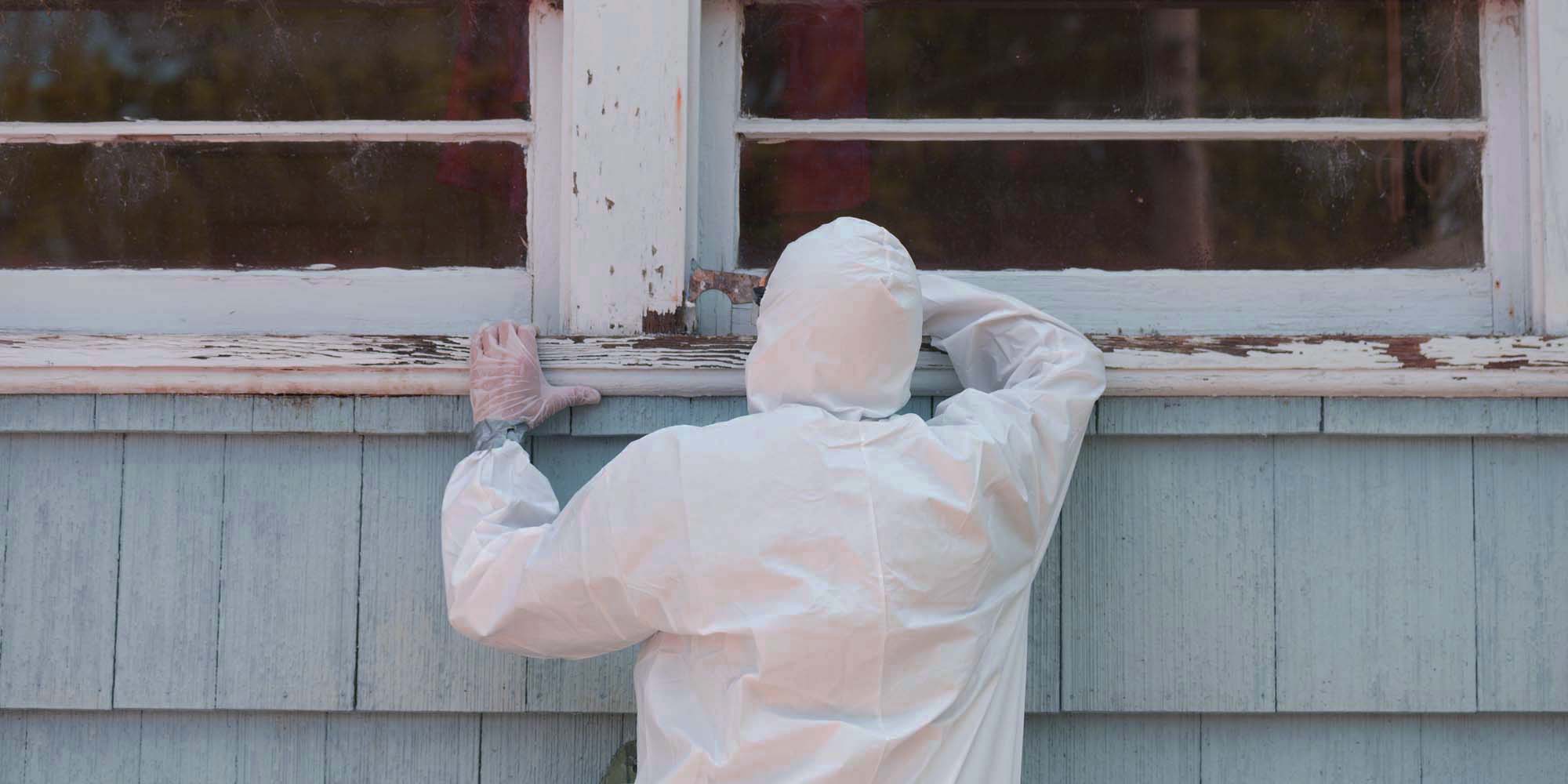Dependable DOH & HPD Lead Violation Removal in NYC-- Secure Your Building
Dependable DOH & HPD Lead Violation Removal in NYC-- Secure Your Building
Blog Article
Comprehensive Guide on Effective Lead Violation Removal Techniques
In the realm of ecological safety and security, addressing lead violations demands a precise and organized technique. This detailed guide starts by highlighting the critical initial steps of identifying lead risks through sophisticated evaluation and testing approaches. Strategies such as XRF evaluation and dirt clean sampling are vital in determining contamination resources. The guide elaborates on the importance of sticking to rigid safety methods throughout the elimination process, including the usage of correct PPE and separating affected areas. The succeeding sections promise to go over post-removal verification and precautionary methods, making certain lasting security and compliance. Discover the detailed information that make these methods not just reliable but important.
Identifying Lead Dangers
Recognizing lead hazards is a vital initial action in minimizing the dangers linked with lead direct exposure. Lead, a toxic metal, can be present in various environmental mediums, consisting of paint, soil, water, and dirt.
The first stage in recognizing lead threats entails recognizing usual lead resources within the constructed atmosphere. Frameworks developed prior to 1978 are especially prone because of the common use of lead-based paint during that period. Furthermore, soil contamination can happen from weakening exterior paint, industrial exhausts, or historic use leaded gas.
Another considerable source is lead piping and plumbing components, which can seep lead right into drinking water. Consumer items such as playthings, ceramics, and imported products may also have harmful lead degrees. Significantly, work environments and hobbies including lead can track impurities right into homes.
Evaluation and Testing
When dealing with lead threats, efficient analysis and testing are extremely important. Initial analysis generally entails an aesthetic evaluation to recognize potential lead resources, such as deteriorating paint or polluted dirt.

Dust wipe sampling is one more essential technique, especially in property setups. By accumulating samples from floors, windowsills, and other surface areas, this approach provides insights into potential exposure dangers. Dirt screening around structure borders is important to spot lead contamination that might pose hazards, especially to children.
Safe Removal Procedures
Upon finishing thorough analysis and screening, applying secure elimination procedures is the next crucial phase in addressing lead threats. This procedure makes sure that lead-contaminated products are efficiently and safely eradicated, decreasing threat to both workers and locals. The first action includes isolating the affected location utilizing plastic sheeting and correct sealing strategies to avoid the spread of lead dirt.
Workers must put on suitable individual protective tools (PPE), including respirators, description handwear covers, and disposable coveralls, to reduce direct exposure. Employing specialized devices and wet approaches, such as wet fining sand or making use of HEPA-filtered vacuums, lowers the diffusion of lead particles. It is crucial to stay clear of dry sanding or unpleasant blasting, as these approaches can produce harmful lead dirt.
Waste disposal is an additional important part; all polluted products should be firmly nabbed and classified according to EPA and local laws. Furthermore, thorough cleaning of the workplace with HEPA vacuum cleaners and wet cleaning makes certain the removal of recurring lead particles.
Post-Removal Verification

Confirmation of successful lead removal, known as post-removal verification, is vital to make sure the safety and security and habitability of the remediated location. This assessment guarantees that all recognized sources of lead have been dealt with and that no visible signs of contamination remain.
Following the aesthetic examination, ecological sampling is carried out. This includes gathering dust, soil, and sometimes water examples from the remediated location. Recognized labs examine these samples to measure lead degrees, guaranteeing they fall below the safety limits established by regulatory bodies such as the Epa (EPA)
In enhancement, air high quality testing might be done to discover airborne lead fragments, particularly in cases where extensive lead-based paint removal or renovation has actually occurred. The outcomes of these examinations offer quantitative information verifying that the lead degrees are within allowable limitations.
Ultimately, post-removal verification functions as an important checkpoint, validating the performance of the lead abatement efforts and securing the health of owners and site visitors.
Precautionary Steps and Upkeep

A vital safety net includes making use of lead-safe certified specialists for any restoration, fixing, or painting tasks. These professionals are learnt practices that lessen lead dirt and debris. Additionally, preserving coloured surfaces to prevent damaging or peeling is necessary, as deteriorating paint can release lead bits right into the atmosphere.
Educational moved here campaigns targeting homeowner and renters relating to the threats of lead and the importance of reporting any type of prospective dangers can better enhance preventive efforts. Regular cleansing making use of HEPA vacuum cleaners and damp wiping techniques can considerably decrease lead dust build-up.
Conclusion
In summary, efficient lead infraction removal requires a careful technique incorporating detailed assessment, precise testing, and strict removal procedures. Ensuring safety through proper seclusion and individual safety devices stays critical. Post-removal confirmation using ecological sampling and air high quality testing substantiates conformity with well-known safety and security criteria. Ongoing inspections and upkeep are vital to reduce future lead hazards, therefore securing important source public health and making certain sustained compliance with governing demands.
Report this page